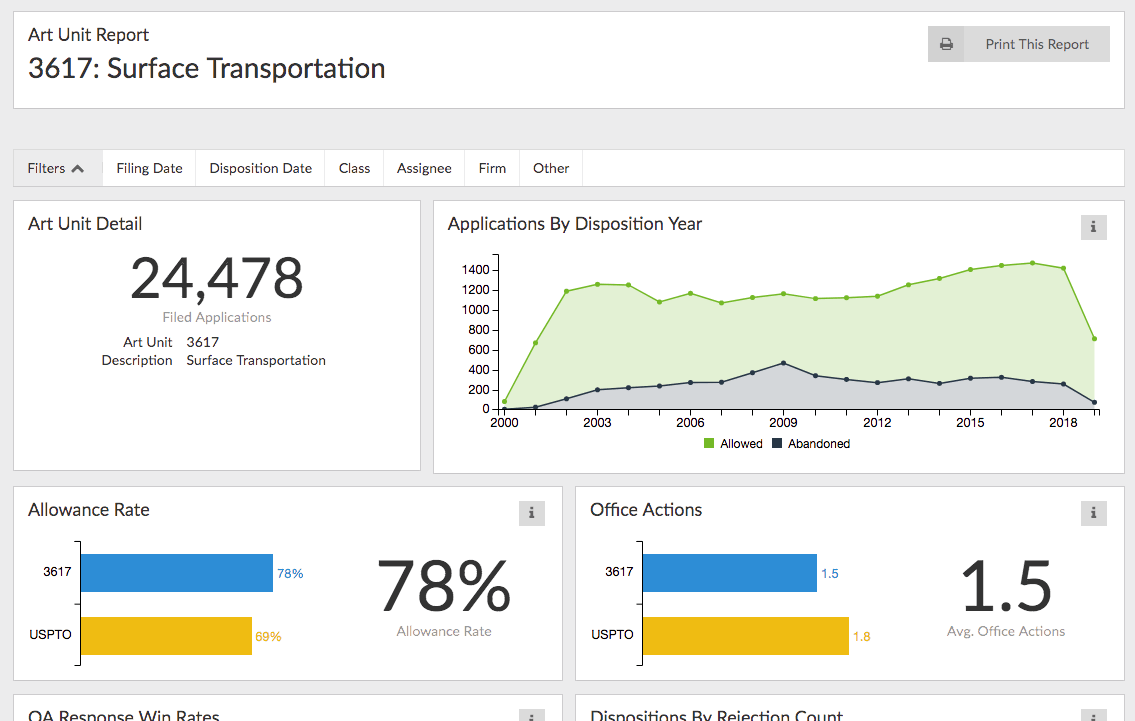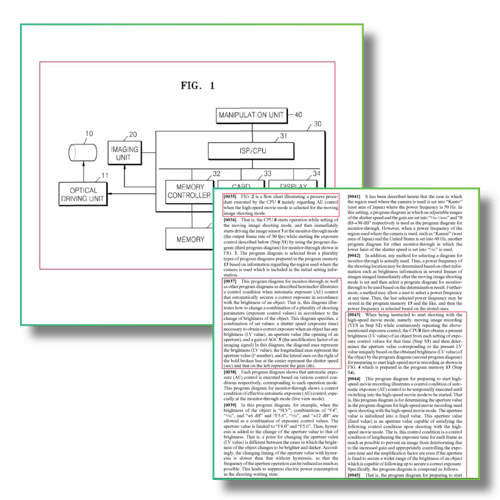In the world of patent applications, timing is key. When your firm receives an office action, a quick and thorough response helps ensure smooth communication with your examiner and calms your anxious client.
Most replies to office actions must be received within 6 months from the mailing date, and all OAs can avoid extension fees by sending a few months earlier than that deadline. But you can’t just rush through it – in order to guarantee that your response is on time and accurate, there are a few things to consider before turning in that OA response.
What is the best strategy when responding to an OA? Here are three steps to take before submitting your response.
1) Consider the track record of your assigned examiner
By taking a look at an examiner’s past decisions, you can collect background information that should inform your prosecution strategy moving forward. Look at how other applications with a similar prosecution history have responded to non-final and final rejections, and then customize a strategy with the highest chance of success based on your research.

2) Consider the history of the assigned art unit
Every art unit has a different average allowance rate due to the complexity of certain technology types versus others. Understanding the difficulty of your assigned tech center can shape your approach as well as your communication with your clients when it comes to expectations. Identify past winning prosecution strategies, cross-reference with past decisions made by your examiner, and structure an approach that takes both histories into account.

3) Review and compare the art cited in the OA
The main tension in any patent review is the broadness of the client’s original concept and the narrowness of a truly original, patentable idea. By combing through the prior art cited against your application, you can structure a conversation with your client that highlights the niche and novel aspects of their proposed invention. Prior art is both a curse and a blessing - it’s an obstacle to overcome, but it can also inspire a truly original, patentable concept.

A healthy back-and-forth between attorney and examiner is at the heart of every successful patent application process. Through diligent attention to historical data relating to your individual examiner, art unit, and specific cited art references, patent lawyers can provide clients a swift and focused patent review.
Of course, reviewing these metrics and crafting a response strategy is only part of your OA response. You also need to address the examiner's rejections and objections, correct any text errors, and so on. This tedious task can add hours to your timeline and distract from more strategic, valuable work.
Juristat Office Action Response (OAR) uses AI to simplify the whole process, automatically generating a digital packet with all the necessary documentation and background information you need – including Examiner and Art Unit Reports and cited prior art. See what a Juristat OAR packet would look like for your firm.
(gradient).webp)

